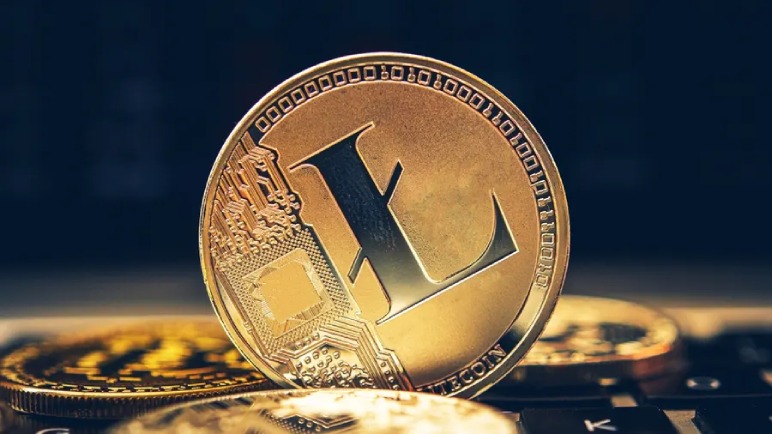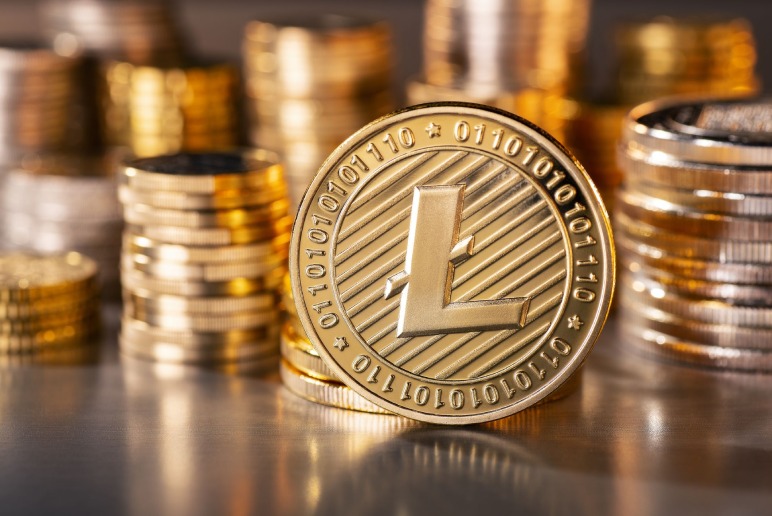Cryptocurrencies have taken the financial world by storm, with Bitcoin leading the way as the pioneer of decentralized digital currencies. However, in the vast landscape of cryptocurrencies, Bitcoin is not the only player. Among the altcoins, one name stands out prominently – Litecoin. Often referred to as the “silver to Bitcoin’s gold,” Litecoin has gained popularity for its unique features and contributions to the cryptocurrency space.
Litecoin Origins

Litecoin was created by Charlie Lee, a former Google engineer, and it was released as an open-source project on GitHub in October 2011. Lee designed Litecoin to overcome some perceived limitations of Bitcoin, aiming to create a faster and more lightweight cryptocurrency.
Key Features:
- Faster Block Generation and Transaction Confirmation: One of the primary differences between Litecoin and Bitcoin lies in their block generation times. While Bitcoin has a 10-minute block time, Litecoin’s block time is set at 2.5 minutes. This faster block generation allows Litecoin to confirm transactions more quickly, making it an attractive option for those seeking faster payment processing.
- Scrypt Algorithm: Litecoin uses a different hashing algorithm called Scrypt compared to Bitcoin’s SHA-256. The Scrypt algorithm is considered more memory-intensive and was intended to make Litecoin mining more accessible to a broader audience by reducing the advantage of specialized mining hardware (ASICs) over consumer-grade hardware (CPUs and GPUs).
- Higher Coin Supply: Litecoin has a maximum supply of 84 million coins, four times the maximum supply of Bitcoin (21 million). This higher coin supply helps ensure a more widespread distribution and may potentially reduce the likelihood of extreme value volatility.
- Active Development and Community: Litecoin has maintained an active development community and a dedicated founder in Charlie Lee. The commitment to ongoing development and improvements has contributed to Litecoin’s longevity and relevance in the ever-evolving cryptocurrency landscape.
Use Cases:
- Digital Payments: Litecoin was initially designed as a peer-to-peer digital currency for everyday transactions. Its faster block generation time makes it suitable for quick and low-cost transactions, positioning it as a viable option for daily spending.
- Complementary to Bitcoin: Often referred to as the “silver to Bitcoin’s gold,” Litecoin is considered a complementary asset to Bitcoin. Some investors view Litecoin as a diversification strategy within their cryptocurrency portfolios, benefiting from both Bitcoin’s stability and Litecoin’s faster transaction speeds.
Conclusion:
Litecoin has carved out a distinct niche in the cryptocurrency space, offering a blend of speed, accessibility, and active development. While it may not boast the same market capitalization as Bitcoin, Litecoin has proven itself as a reliable and efficient digital currency. As the crypto market continues to evolve, Litecoin’s unique features and dedicated community position it as a significant player in the broader landscape of decentralized finance. Whether as a medium of exchange for everyday transactions or as a complementary asset in a diversified portfolio, Litecoin’s presence in the cryptocurrency realm is sure to endure.
Have A Look :-
- What Is Cactus AI? How To Use?
- The New Technology Of AI Improves Blurry Thermal Vision Images
- OpenAI’s Acquisition Of Global Illumination To Work On Core Products Including ChatGPT

